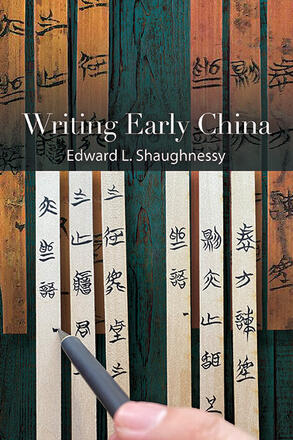
Writing Early China
Alternative formats available from:
Considers what unearthed documents reveal about the creation and transmission of knowledge in ancient China.
Description
Archaeological discoveries over the past one hundred years have resulted in repeated calls to "rewrite ancient Chinese history." This is especially true of documents written on oracle bones, bronze vessels, and bamboo strips. In Writing Early China, Edward L. Shaughnessy surveys all of these types of documents and considers what they reveal about the creation and transmission of knowledge in ancient China. Opposed to the common view that most knowledge was transmitted orally in ancient China, Shaughnessy demonstrates that by no later than the tenth century BCE scribes were writing lengthy texts like portions of the Chinese classics, and that by the fourth century BCE the primary mode of textual transmission was by way of visual copying from one manuscript to another.
Edward L. Shaughnessy is Creel Distinguished Service Professor of Early China in the Department of East Asian Languages and Civilizations at the University of Chicago. He is the author of Rewriting Early Chinese Texts, also published by SUNY Press.
Reviews
"By emphasizing the importance of writing, Shaughnessy presents a welcome complement to scholarship emphasizing the role of orality in early Chinese textual culture. There are few scholars as well-versed in newly discovered textual sources, including the Tsinghua and Anhui University collections. Shaughnessy introduces readers to important new texts, on some of which very little has so far been published in English, and he demonstrates and explains important methodological issues in studying these materials. This book will naturally attract students of early China, but it should also find interest much more broadly, both among historians of antiquity in other parts of the world as well as scholars specializing in other periods of Chinese history." — Matthias L. Richter, author of The Embodied Text: Establishing Textual Identity in Early Chinese Manuscripts